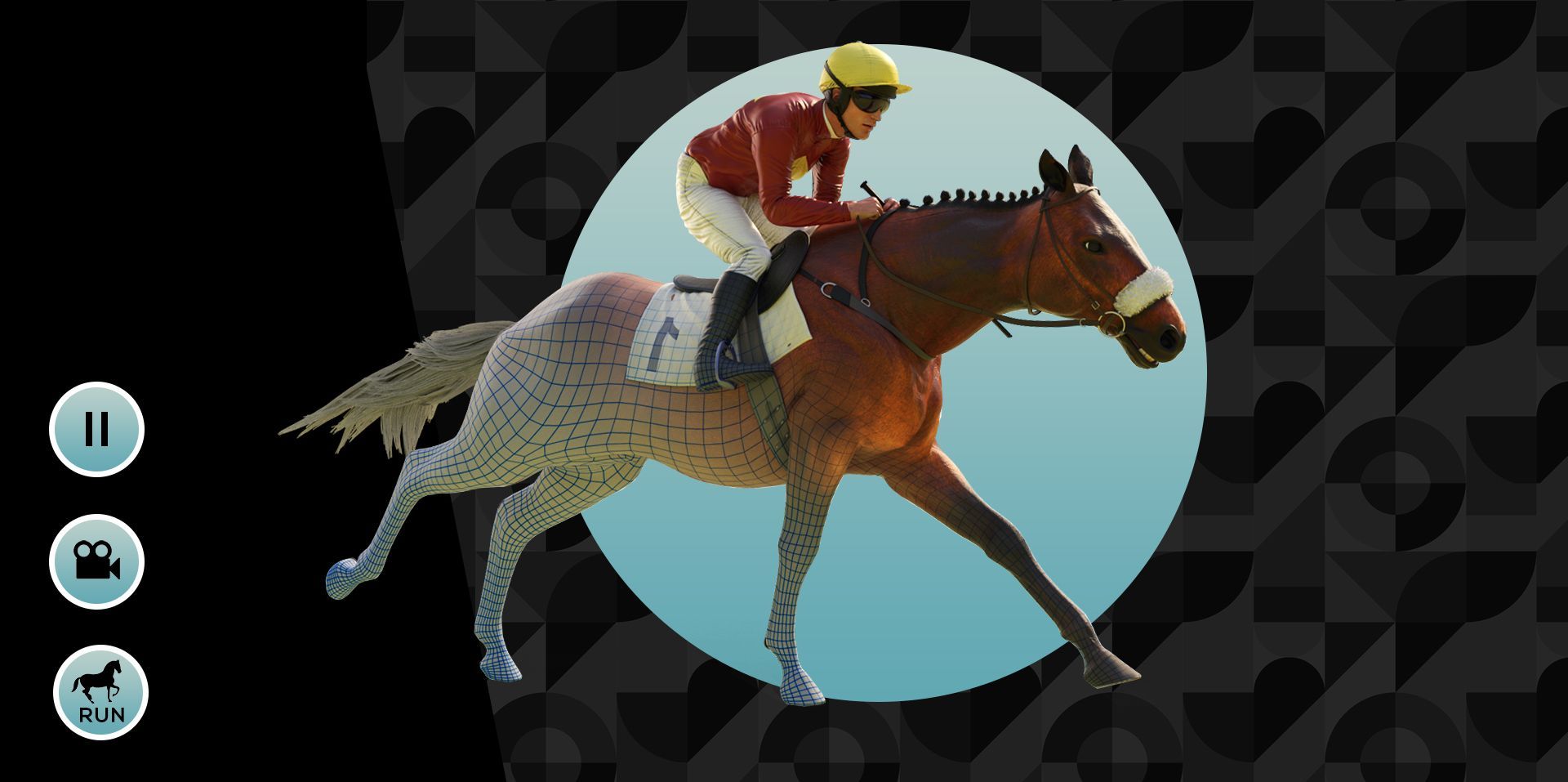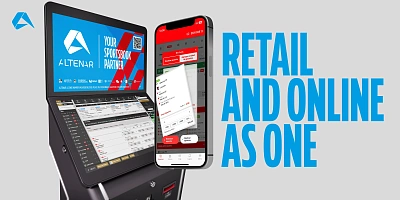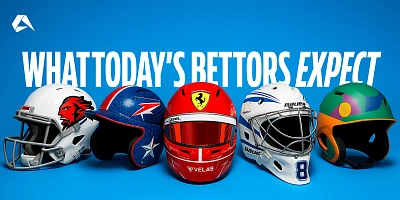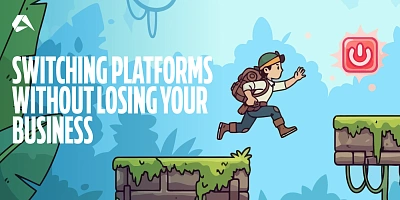Virtual horse racing is a simulated sport featured in many online casinos, where players can bet on one or more of six to eight racehorses in a race. The virtual horse that crosses the finish line first wins, and any player who placed a bet on that horse receives a payout based on the odds.
- What Does Virtual Horse Racing Look Like?
- Virtual Horse Racing Cards — Vital Information About Your Horse
- Attributes of a Good Virtual Horse Racing Software Provider
- Conclusion
Virtual horse racing software uses an electronic RNG (random number generator) to produce random outcomes, ensuring each race delivers a different result. This software also makes virtual races look realistic with features such as:
- 3D graphics
- Vivid live standings
- Dynamic race progress
- Appealing visual statistics
- A unique and immersive racing experience
What Does Virtual Horse Racing Look Like?
Virtual horse racing as a simulated sport has significantly improved over the years, thanks to advancements in technology. Today, many betting sites offer high-quality virtual racing games that are visually compelling from the very first glance. In fact, you might struggle to distinguish between real-life horse racing and its virtual counterpart.
Most virtual horse racing software developers design their tracks to closely replicate real-world racecourses. They incorporate broadcast-style camera angles to follow the race in 3D, allowing viewers to track the action just like on television. Some platforms also include side-screen overlays with stats and progress bars as the race unfolds—further enhancing the realism.
Thanks to these innovations, virtual horse racing now rivals nearly every other virtual sport. Many software developers also use virtual horse racing cards—similar to those found at real racetracks—to display vital information about the horses you’re placing bets on.
Virtual Horse Racing Cards — Vital Information About Your Horse
In virtual horse racing, there are limited variables that determine the outcome of a race—unlike in real horse racing. Since the performance history of virtual horses isn’t publicly known, players rely on virtual racing cards.
These racing cards provide all the essential information about the horse you're betting on. Virtual horse races typically offer fewer bet types, have no non-runners, and don’t require you to consider starting prices, as all odds are fixed.
These are some of the key reasons why virtual horse racing software includes racing cards that display:
- Race time
- Names of the runners
- Odds/prices
- Available bet types
There aren’t many differences between a real horse racing card and a virtual one—both can help bettors plan a strategy before placing a wager.
Attributes of a Good Virtual Horse Racing Software Provider
These software providers are considered some of the best in the virtual horse racing industry because they offer key features that every virtual horse racing game should include:
- On-demand betting availability
- Lifelike, high-quality graphics
- Clear and engaging audio commentary
- Action replays
- 100% fairness and neutrality
- User-friendly interface
- Fast-paced gameplay
Conclusion
These and other key features are what make certain developers truly innovative and pioneering in the virtual horse racing industry. A good virtual racing software solution also simplifies gameplay so that even players with no prior knowledge of horse racing can easily participate.
Virtual horse racing should not require players to analyze how to win, review bet types, or research a horse’s track history. Instead, they should be able to log in, select a race, place a win or forecast bet, and simply wait for the results.













